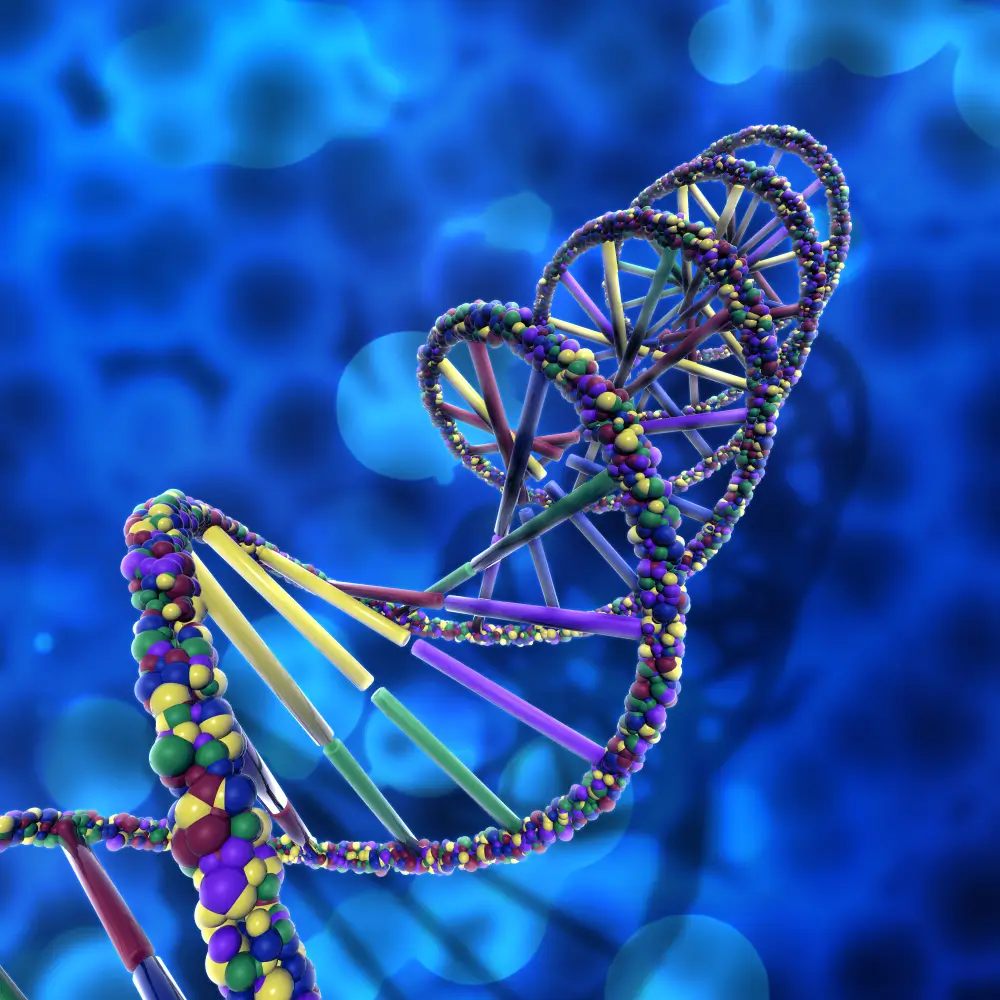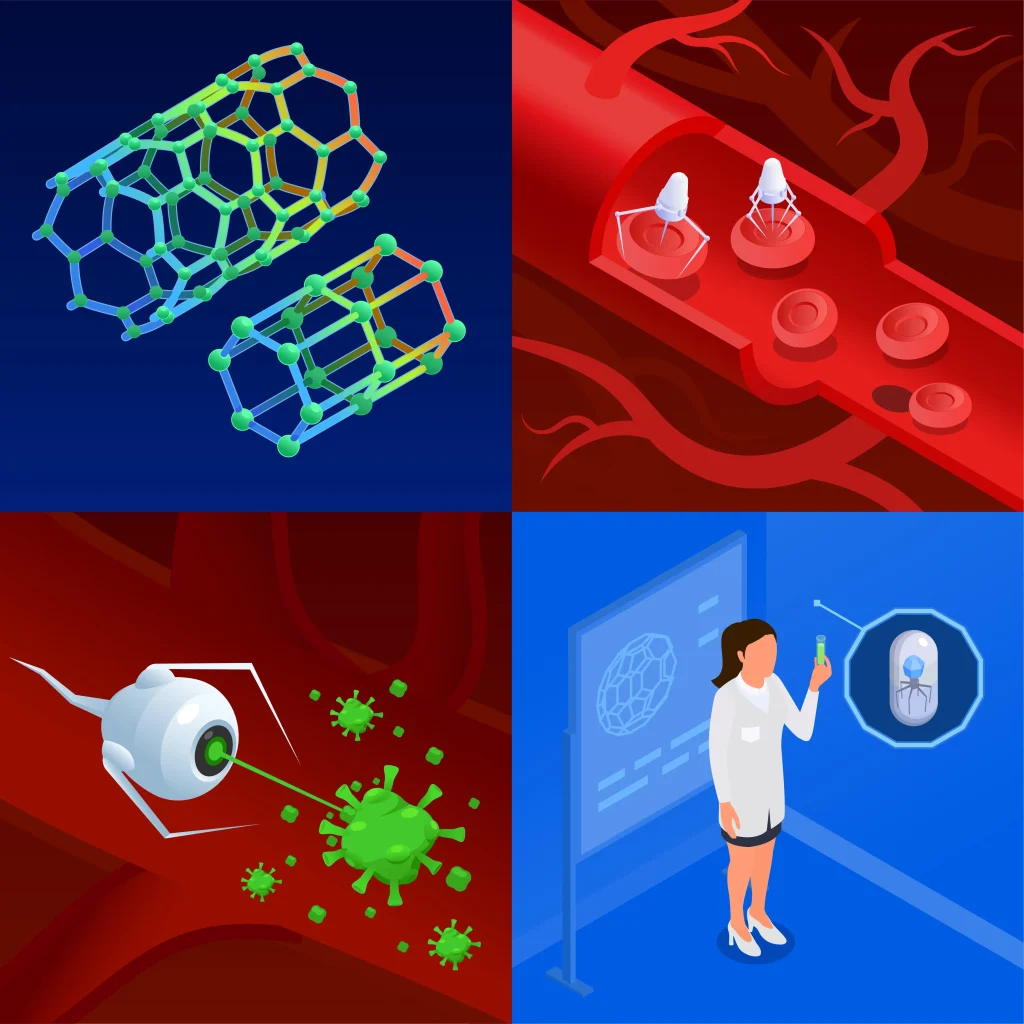Digestive system & Energetics Notes U-2
Buy Premium
Get The High-Quality Pdf Notes on App
Digestive system
- Introduction to Digestive system
- Anatomy of GI Tract
- Mouth
- Anatomy of Stomach
- Small Intestine
- Large Intestine
- Salivary glands
- Nerve Impulse
- Pancreas
- Liver
- Movements of GIT
- Digestion and absorption of nutrients
- Disorders of GIT
Energetics
Other Units of Human Anatomy-II
Human Anatomy & Physiology II
Other Subjects of B Pharmacy 2nd Semester
Topic wise notes of:
Pathophysiology
- Cell injury & Inflammation U-1
- Cardiovascular, Renal System U-2
- Respiratory & Urinary system U-3
- Haematological Diseases U-4
- Bones Diseases, Cancer U-5

Topic wise notes of:
Biochemistry
- Biomolecules & Bioenergetics U-1
- Carbohydrate metabolism U-2
- Amino Acid Metabolism U-3
- Nucleic acid metabolism U-4
- Enzymes U-5
Digestive System and Energetics – Summary
This unit on digestive system and energetics provides a well-rounded and structured overview of essential physiological functions. To begin with, it focuses on the anatomy of the gastrointestinal (GI) tract, placing special emphasis on the stomach, including its structure and functions. In particular, the production of stomach acid, its regulation through the parasympathetic nervous system, and the role of pepsin in protein digestion are discussed in detail.
Moreover, the content moves forward to explore the small and large intestines, emphasizing their anatomy and critical roles in digestion and nutrient absorption. In addition, the salivary glands, pancreas, and liver are highlighted for their essential digestive functions. Not only are the organs covered anatomically, but their secretory and enzymatic activities are also explained.
Furthermore, the movements of the GI tract, such as peristalsis and segmentation, are described to show how food is mixed and propelled efficiently. Besides this, the unit also discusses digestion and absorption of nutrients, providing a complete picture of the body’s metabolic process. Additionally, common digestive disorders are introduced, offering clinical relevance.
Transitioning into energetics, the unit explains the formation and function of ATP, as well as the role of creatinine phosphate in short-term energy storage. Alongside these, the concept of Basal Metabolic Rate (BMR) is analyzed to highlight how the body regulates energy expenditure.
Altogether, these digestive system and energetics notes are highly informative, engaging, and optimized for learners seeking clarity and depth.
Thank you for reading from Firsthope's notes, don't forget to check YouTube videos!


